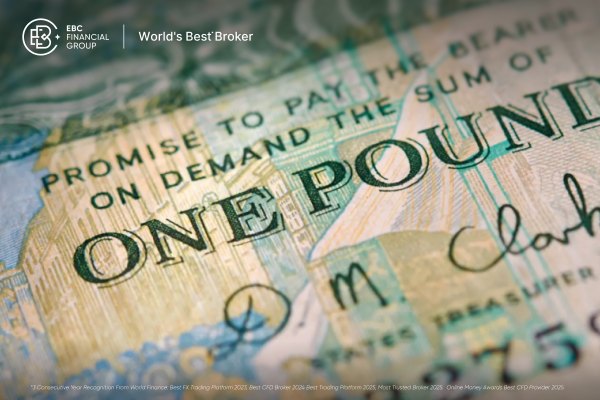Foreign exchange, also known as foreign currency in English, is a debt held
by monetary authorities (central banks, monetary management agencies, foreign
exchange stabilization funds, and the Ministry of Finance) in the form of bank
deposits, Treasury bills, and short-term and short-term government Securities that can be used in the event of an international balance of payments
deficit.
Including foreign currency, foreign currency deposits, foreign currency
securities (government bonds, treasury bills, corporate bonds, stocks, etc.),
and foreign currency payment vouchers (bills, bank deposit vouchers, postal
savings vouchers, etc.).

Purchasing foreign exchange refers to converting one's own currency into the
currency of another country. Here are some common methods and stEPS to purchase
foreign exchange:
1. Find a forex trading platform.
Choose a regulated and reputable forex broker or bank, register,
and open a forex Trading Account. Ensure the selection of a
competitive trading platform that provides multiple trading tools and low
transaction costs.
2. Fund preparation
Before purchasing forex, ensure that you have sufficient funds for
trading. You need to convert your local currency into the currency of the target
country, so you need to have sufficient funds to purchase the required
quantity.
3. Choose a trading currency pair.
The forex market is based on currency pair transactions, such as
EUR/USD (Euro/USD), USD/JPY (USD/JPY), etc. Choosing a currency pair that
interests you is usually easier than trading a highly liquid and popular
currency pair.
4. Analyze the market and develop trading strategies.
Before purchasing forex, conduct market analysis and research and
develop clear trading strategies. Understand the impact of Market trends,
economic indicators, political events, and other factors on the currency
exchange rate, and make a transaction plan according to your risk tolerance.
5. Place an order transaction.
After selecting a good trading currency pair and formulating a trading
strategy, place an order on the trading platform for trading. You can choose a
market price order or a Limit Order to trade based on the current market price
or a specified price.
6. risk management
Before purchasing forex, ensure you understand and control the
risks. Use stop-loss orders to set maximum loss limits to protect your funds
from significant losses.
7. Monitoring and managing transactions
Once forex trading is conducted, regularly monitor market dynamics
and trading conditions. Adjust and manage transactions in a timely manner based
on market conditions and may choose to partially or completely close
positions.
It should be noted that the trading market is highly volatile and
involves risks, and forex trading needs to be handled with caution.
If you are not familiar with forex trading, it is recommended to
first conduct relevant learning and practice through simulated accounts to
increase your trading experience and knowledge. In addition, consulting
professional financial advisors or forex trading experts is also a
wise approach.



























